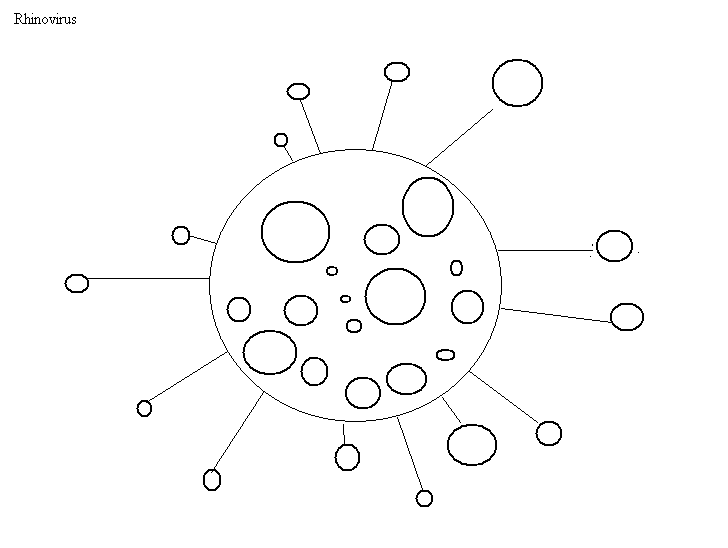How do we Get a Cold?
Background Information -
Colds are the result of numerous viruses. Most common is rhinovirus, however, there are other viruses such as Metapneumovirus, Enterovirus, or one of 90 others that also cause the cold . Thus, the adage, "you never catch the same cold twice" is scientifically correct.
Stage One - Transmission
All colds are the result of transmission. For example, a person coughs into their hand and then touches a door handle. A few minutes later you touch that exact same doorhandle. Then, by fate, your eye becomes a itchy and then you rub your eye.
You have just caught the cold.
Stage Two - Reproduction
The common cold travels to the nasophyraynx (the place between the tonsils and nose). Afterwards, the virus goes through the six phases of virus reproduction.
1) A virus enters a host cell.
2) The protein coat 'covering' the virus is unzipped.
3) The virus releases the its genetic information in the host cell.
4) The genetic information interrupts the host cell's DNA.
5) The cell creates copies of the virus' genetic information.
6) New viruses break out of the host cell and set out to infect other cells.
Stage Three - Macro Effects
The new viruses go out and infects the person's body. In result, a person's homeostasis (the body's ability to keep an internal balance) is interrupted. For example, the nose cells (after infection) sends a chemical signal called histamine which increases mucus production.

